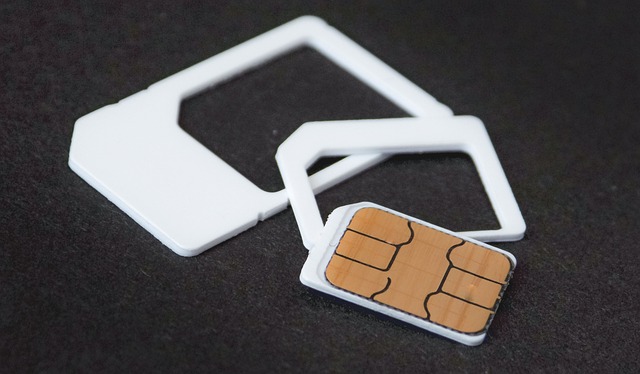Escaping the Debt Trap: A Comprehensive Guide to Personal Debt Management
Introduction: In an era where credit is easy to acquire but challenging to manage, understanding personal debt management is crucial. This article delves into the intricacies of personal debt, exploring its historical growth, current trends, and practical strategies to take control of your debt situation.
The Rise and Ramifications of Personal Debt
In the past few decades, personal debt has grown to become a significant part of many individuals’ financial lives. The proliferation of credit cards, loans, and other forms of credit have made it easy for people to spend beyond their means, leading to an accumulation of debt. This debt, if not managed correctly, can lead to financial hardship and stress. Hence, it’s essential to understand the nature of personal debt and how to manage it effectively.
Understanding the Current Debt Scenario
Today’s debt landscape is characterized by high levels of consumer debt, driven by factors like easy access to credit and low-interest rates. However, this has also resulted in many people facing the burden of managing their debts. The COVID-19 pandemic has further exacerbated the situation, with job losses and economic uncertainty increasing the risk of debt default.
The Impact of Debt on Personal Finances
While debt can be a useful tool when managed correctly, excessive debt can have devastating effects on personal finances. High-interest rates can lead to a debt spiral, where an individual is unable to pay off their debt, leading to an accumulation of interest. Moreover, a high debt-to-income ratio can affect one’s credit score and ability to secure future credit.
Strategies for Effective Debt Management
Managing personal debt effectively requires a comprehensive and disciplined approach. Here are some strategies that can help:
-
Debt Consolidation: Combining multiple debts into a single loan with a lower interest rate can simplify debt management and reduce the total repayment amount.
-
Debt Snowball Method: This involves paying off debts in order from smallest to largest. While this may not save the most money, it can provide psychological wins that motivate further debt repayment.
-
Debt Avalanche Method: This strategy involves paying off debts with the highest interest rates first, which can save more money in the long run.
-
Budgeting and Expense Tracking: Keeping track of income and expenses can help identify areas to cut back and free up money for debt repayment.
Practical Tips for Managing Personal Debt
-
Start by understanding your debt situation – how much you owe, to whom, and at what interest rate.
-
Prioritize debt repayment in your budget.
-
Consider seeking professional help if your debt situation is overwhelming.
Crafting a Debt-Free Future
Managing personal debt is not just about escaping the debt trap but also about building a secure financial future. By understanding the nuances of personal debt and implementing effective debt management strategies, individuals can regain control of their finances and work towards their financial goals.
In conclusion, the journey out of debt may be challenging and require discipline and commitment. However, with the right strategies and a proactive approach, it is possible to manage personal debt effectively and pave the way for a financially secure future.





